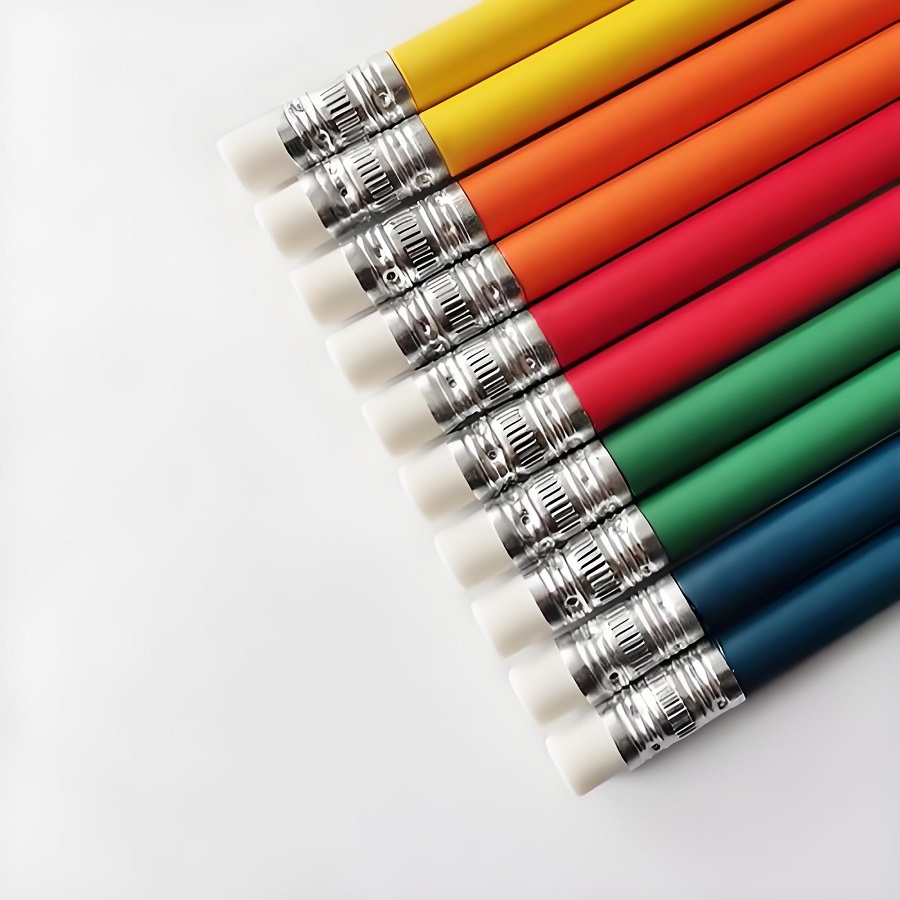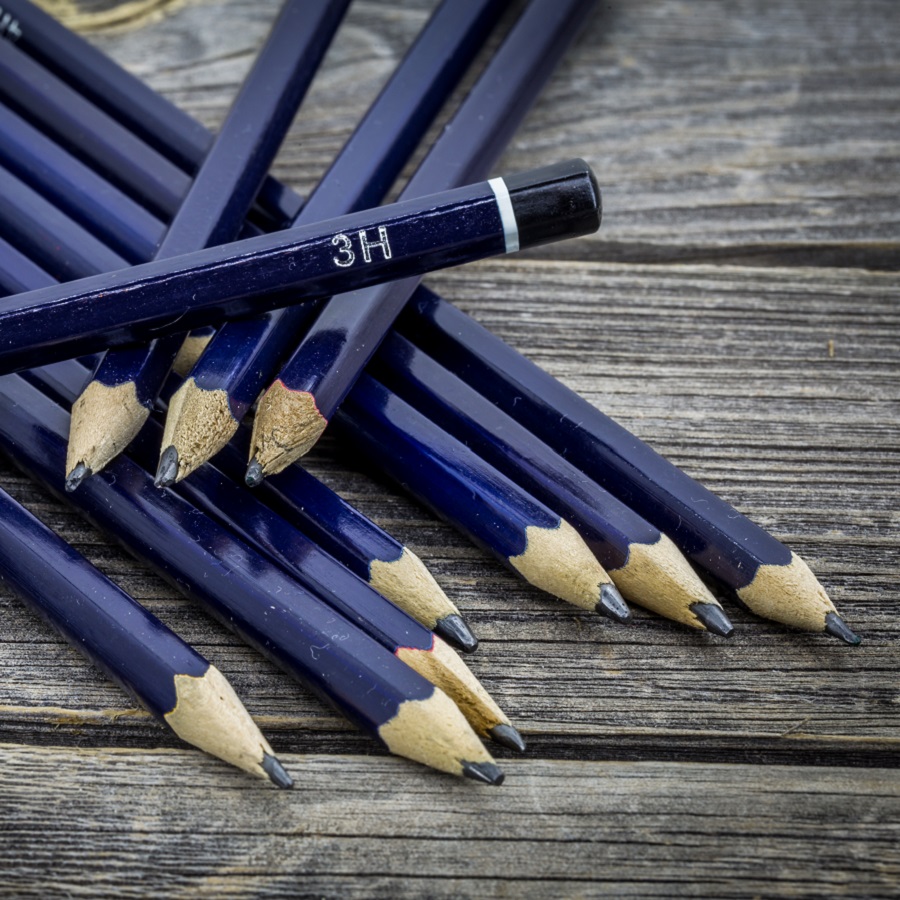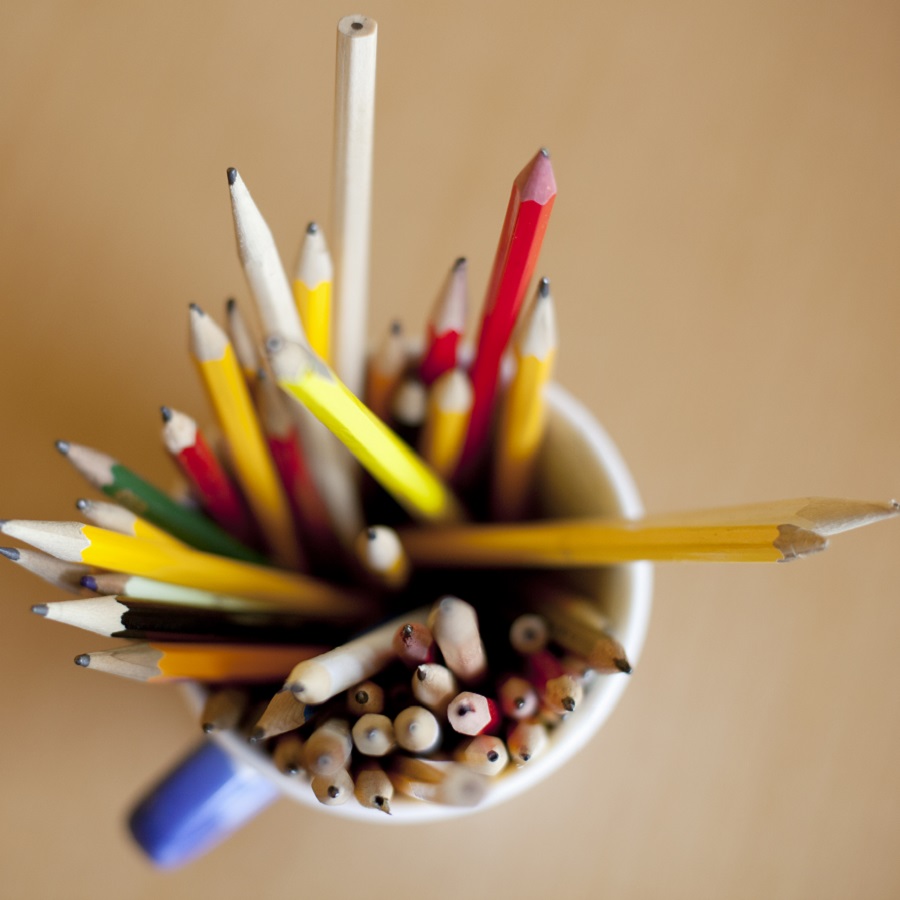The allure of pencil sketching lies in its simplicity and versatility. Whether you’re a beginner or a seasoned artist, the right pencil can transform your sketches from ordinary to extraordinary. This article delves into the essentials of pencil sketching, focusing on the various pencil grades and their specific uses, to help artists of all levels make informed choices.
Choosing the Right Pencil

When it comes to pencil sketching, selecting the appropriate pencil is crucial. Pencils come in various grades, each serving a specific purpose. The most commonly used grades for sketching include 2H, H, B, 2B, 4B, 6B, and 8B. These range from hard (H) to soft (B), catering to different shading and detailing needs.

-
2H
: Ideal for light areas and fine details. Its hard texture makes it perfect for outlines and precise work. -
H
: Slightly softer than 2H, suitable for highlighting and detailing, adding subtle light areas. -
B
: With a softer texture, it excels in shading and darker areas, creating rich shadow effects. -
2B
: Suitable for mid-tones and shadow transitions, its moderate softness makes it easy to control. -
4B
: Great for deeper shadows and dark areas, providing strong shading effects. -
6B
: Perfect for large shadow areas and dark applications, it offers quick coverage with its very soft texture. -
8B
: Best for extremely dark shadows and deep tones, its extremely soft lead delivers intense shading.
For beginners, mastering these basic grades is sufficient for most sketching needs. For more advanced techniques, artists might explore special grades like 10B or 12B, though these can be challenging to control.
Basic Sketching Techniques

Understanding the fundamental techniques of sketching can significantly enhance your artwork. One of the essential skills is line control. Using different pencil grades, you can achieve various line thicknesses and textures. For instance, a 2H pencil can create delicate, fine lines, while a 6B pencil produces bold, dark strokes.
Shading is another key technique. By adjusting the pressure on your pencil, you can create smooth gradients and realistic shadows. For example, start with a 2B pencil for mid-tone areas, then transition to a 4B for darker regions, and finish with a 6B for the deepest shadows. This layering technique adds depth and realism to your sketches.
Advanced Sketching Techniques
For those looking to take their sketches to the next level, advanced techniques like cross-hatching and stippling are invaluable. Cross-hatching involves drawing intersecting lines to build up shading and texture. Using a combination of H and B pencils can enhance the depth and intricacy of this technique.
Stippling, on the other hand, involves creating patterns of dots to simulate different tones and textures. This technique requires patience but can produce incredibly detailed and textured effects. Both methods benefit from using a range of pencil grades, allowing for subtle variations in tone and texture.
Practice and Creativity
Regular practice is essential for improving your sketching skills. Start with simple objects and gradually move to more complex compositions. Use different pencil grades to experiment with shading and texture. For inspiration, look at works by renowned artists and try to replicate their techniques.
Investing in a high-quality set of pencils can also make a significant difference. Consider suppliers like
durzerd
for custom pencil options or explore
cpencils
for a professional drawing kit that includes a variety of pencil grades suitable for all skill levels.
For more in-depth tutorials and inspiration, websites like Artists Network offer a wealth of resources on drawing techniques and materials. Additionally,
The Virtual Instructor
provides excellent courses and tips for artists of all levels.
By understanding the different pencil grades and mastering various sketching techniques, you can elevate your artwork and bring your creative visions to life. Remember, the key to success is practice and experimentation. Happy sketching!



